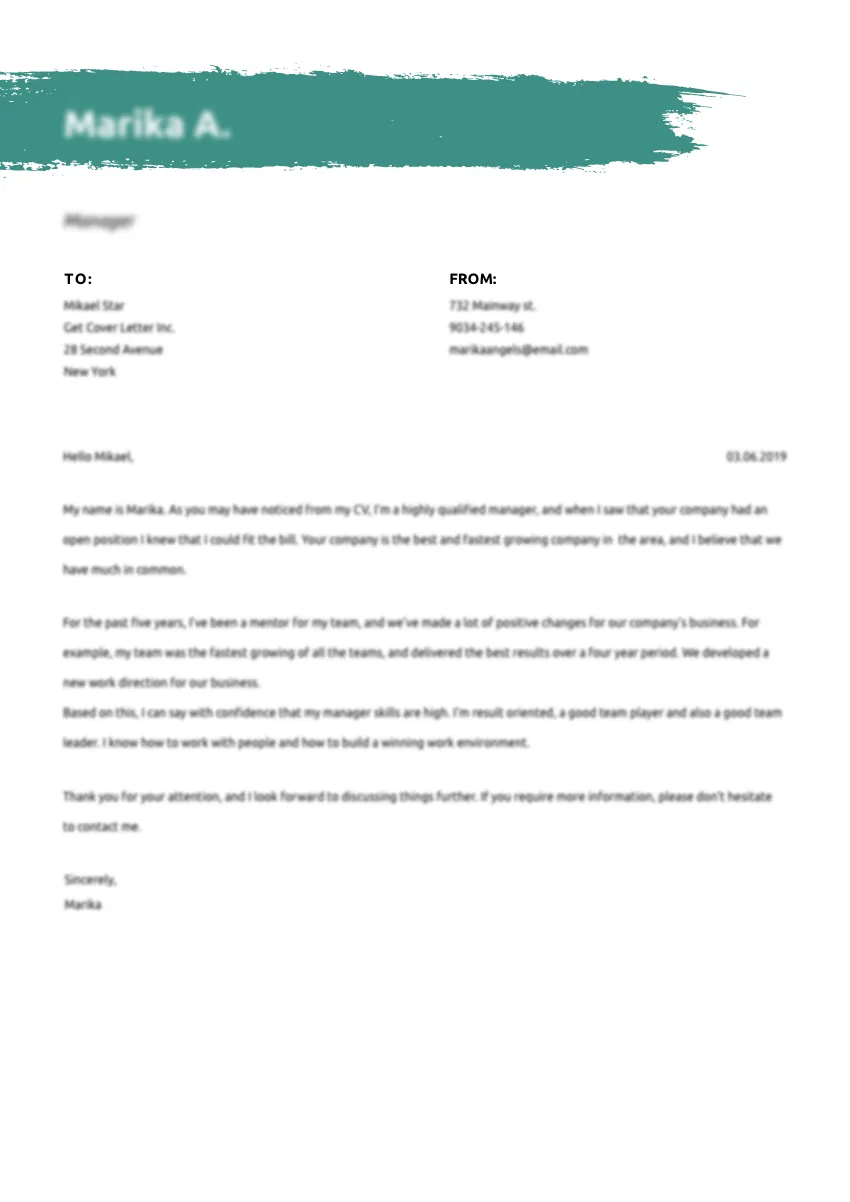A well-crafted photographer cover letter is your first opportunity to make a lasting impression on potential employers. It’s more than just a formality; it’s a crucial tool for showcasing your unique skills, experience, and passion for photography. This guide will walk you through the top 5 tips for creating a cover letter that grabs attention and lands you your dream photography job. By following these essential guidelines, you can significantly increase your chances of standing out from the competition and securing an interview. Remember, your cover letter is your chance to shine before they even see your work. Let’s dive in and make it count.
Highlighting Your Skills
Your cover letter should be a vibrant showcase of your skills. This isn’t just about listing technical proficiencies; it’s about demonstrating how your skills align with the specific requirements of the job. Think of it as the place to highlight the unique value you bring to the table. Focus on what makes you stand out. Tailor your language to match the job description, ensuring you use keywords that resonate with the employer. Mention any specializations like portrait, landscape, or event photography. Illustrate how these skills have helped you succeed in past projects or roles. This section is your chance to prove you’re not just a photographer, but the right photographer for the job.
Showcasing Your Photography Skills
When showcasing your skills, be specific and provide examples. Instead of simply stating you are proficient in Photoshop, explain how you’ve used it to retouch images for a high-profile client, or how you’ve used it to enhance the visual appeal of your photographs (Photographer Skills Image). If you have experience with different types of photography equipment like specific cameras, lenses, or lighting setups, mention them. However, prioritize the skills that directly relate to the job requirements. For instance, if the role requires expertise in product photography, emphasize your related experiences. Quantify your achievements whenever possible, using metrics such as the number of projects completed, clients served, or awards won. This provides concrete evidence of your capabilities and makes your application more compelling.
Tailoring to the Job Description
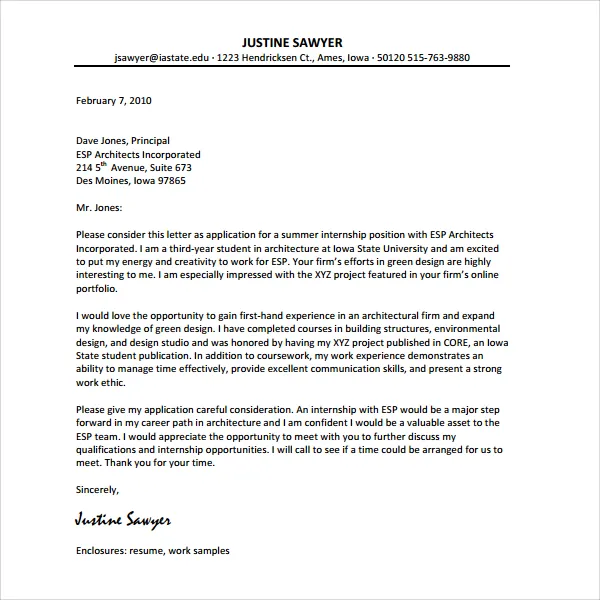
One of the most common mistakes is sending a generic cover letter. Tailoring your cover letter to each specific job description is essential. Carefully review the job posting and identify the key skills, experiences, and qualifications the employer is seeking. Then, structure your cover letter to directly address these requirements. Use the language from the job description and provide relevant examples from your professional experience. This shows the employer that you’ve taken the time to understand their needs and that you are a good fit for the role. This personalized approach significantly increases your chances of getting noticed. Failing to tailor your cover letter can make it seem like you’re not genuinely interested in the specific position.
Formatting Your Cover Letter
The format of your cover letter is just as important as the content. Your cover letter should be easy to read, professional, and visually appealing (Cover Letter Formatting Image). Use a clean and clear font such as Arial, Helvetica, or Times New Roman. Keep your paragraphs concise and avoid large blocks of text that can overwhelm the reader. Use bullet points to highlight your skills and accomplishments. Ensure your cover letter has a consistent and organized structure with clear headings and subheadings. Proofread your cover letter carefully to ensure there are no grammatical errors or typos. A well-formatted cover letter demonstrates attention to detail, which is a crucial quality for a photographer. A well-formatted cover letter makes it easy for the employer to quickly grasp your qualifications.
Proofreading and Editing
Before submitting your cover letter, always proofread and edit it thoroughly. Typos, grammatical errors, and awkward phrasing can undermine your credibility and make a negative impression. Read your cover letter aloud to catch any inconsistencies or areas that don’t flow well. Check for spelling errors and grammatical mistakes. Use a grammar checker and ask a friend, colleague, or mentor to review your cover letter for feedback (Proofreading Cover Letter Image). Fresh eyes can often spot mistakes that you might have missed. Ensure that your cover letter is free of jargon or overly complex language. Your cover letter should be polished, professional, and error-free to make the best possible impression.
Including a Strong Portfolio Link
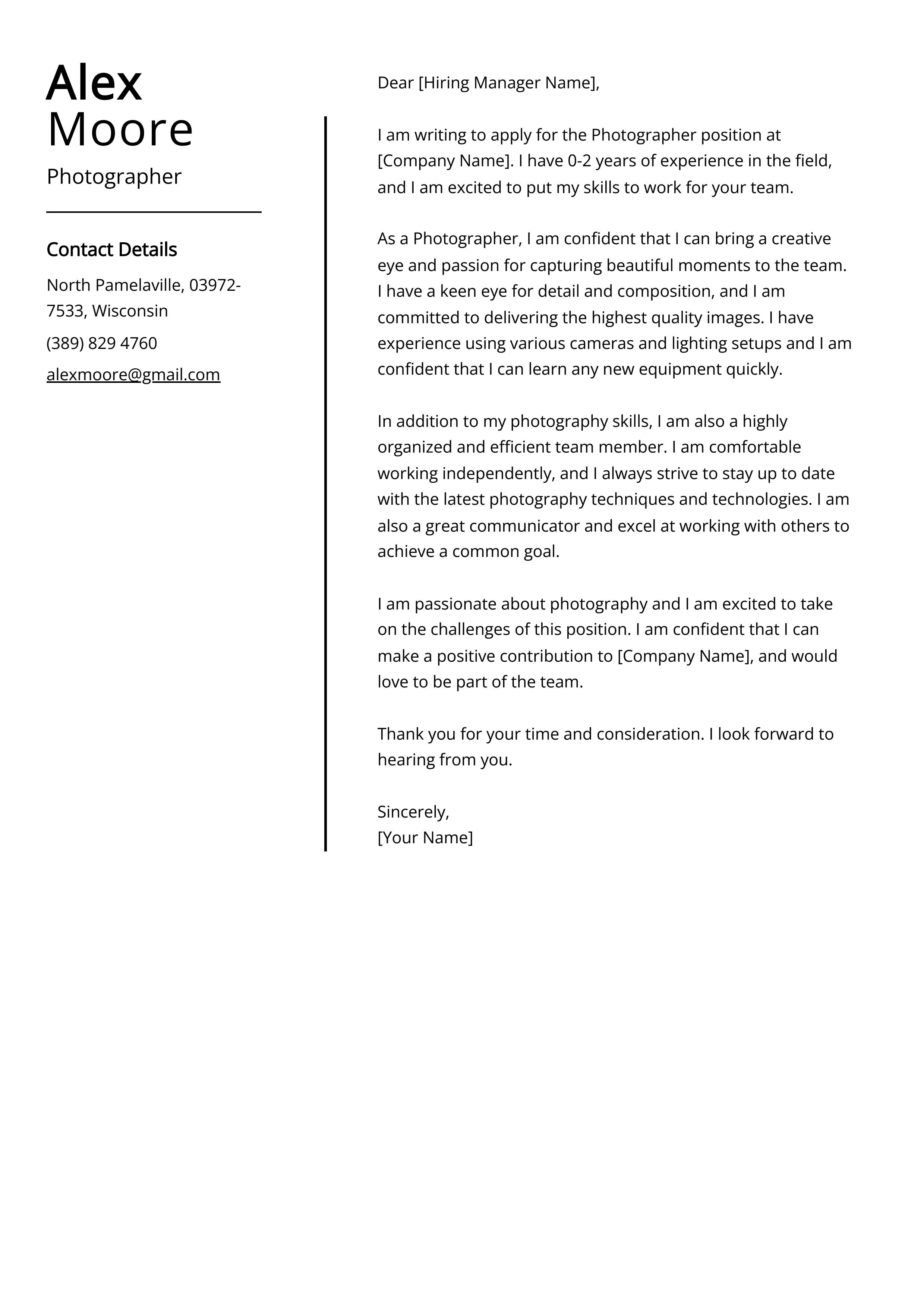
Your portfolio is the most important asset in your job application. Always include a direct link to your portfolio in your cover letter. This allows the employer to quickly access your work and assess your photography skills. If you have an online portfolio on a platform such as Behance, Dribbble, or your personal website, make sure the link is easy to find and functional (Photography Portfolio Image). Consider including a brief overview of your portfolio in the cover letter to highlight the specific projects or images that are most relevant to the job. Regularly update your portfolio with your best and most recent work. Double-check the link before submitting your application to ensure it works correctly and showcases your photography skills effectively.
Creating a Compelling Opening
The opening of your cover letter is the first impression you make, so make it count. Start with a strong and engaging hook that immediately captures the reader’s attention. State the position you’re applying for and where you saw the job posting. Then, briefly mention something specific that attracted you to the role or the company. Avoid generic phrases and focus on what makes you the ideal candidate. This is your chance to convey your personality and enthusiasm. The opening should be concise, clear, and demonstrate your understanding of the job’s requirements. Ensure it reflects your unique style and sets the tone for the rest of the cover letter.
Expressing Enthusiasm
Show genuine enthusiasm for the opportunity. Employers are more likely to hire candidates who are excited about the role and the company. In your cover letter, express your passion for photography and explain why you’re drawn to this particular job. Mention specific aspects of the role that resonate with you. Demonstrate that you have researched the company and understand its mission, values, and recent projects (Expressing Enthusiasm Image). Be sincere in your writing and let your personality shine through. Your enthusiasm should be evident throughout the cover letter, not just in the opening. This will make your application more memorable and compelling.
Mentioning Relevant Experience
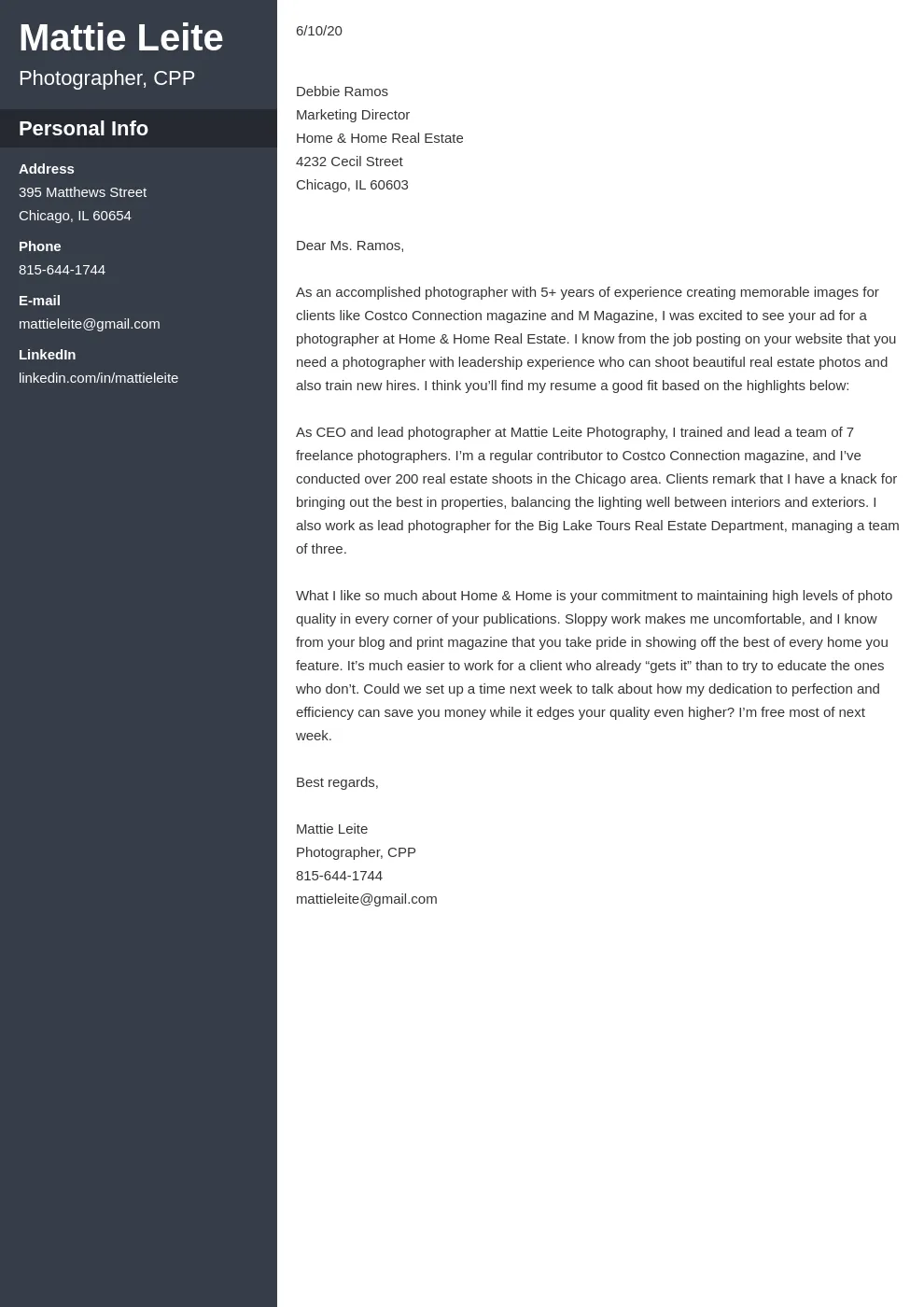
Highlight your relevant experience in detail. Briefly describe your previous photography roles and the responsibilities you held. Focus on the experience that aligns with the requirements of the job. Use action verbs to describe your accomplishments and quantify your achievements whenever possible. For example, “Managed photography projects for over 20 clients” or “Increased social media engagement by 30% through stunning visual content.” Explain how your experience has prepared you for the new role. Provide specific examples of how you’ve solved problems, overcome challenges, and achieved positive results. Make your experience easy to understand by using clear language and a logical structure.
Demonstrating Your Understanding of the Role
Demonstrate your understanding of the role by addressing the specific requirements and responsibilities outlined in the job description. Explain how your skills, experience, and qualifications align with the employer’s needs. Show that you’ve carefully considered the position and understand what’s expected of you. Mention the projects, clients, or tasks you’re most excited to undertake. Show that you are able to bring unique perspective. By doing so, you will prove that you are a suitable candidate. Avoid vague statements and instead provide concrete examples and detailed explanations. This targeted approach demonstrates your keen interest and suitability for the role.
Closing with Confidence
Your closing should leave a lasting positive impression. End your cover letter with a strong statement of confidence and a clear call to action. Thank the employer for considering your application, and express your enthusiasm for the opportunity. Reiterate your interest in the role and indicate your availability for an interview. Make it easy for the employer to contact you. Avoid generic closings; personalize your message to show your genuine interest (Photographer Closing Image). A well-crafted closing is just as important as the opening and can significantly impact your chances of securing an interview. Keep it positive, professional, and memorable.
Summarizing Your Key Strengths
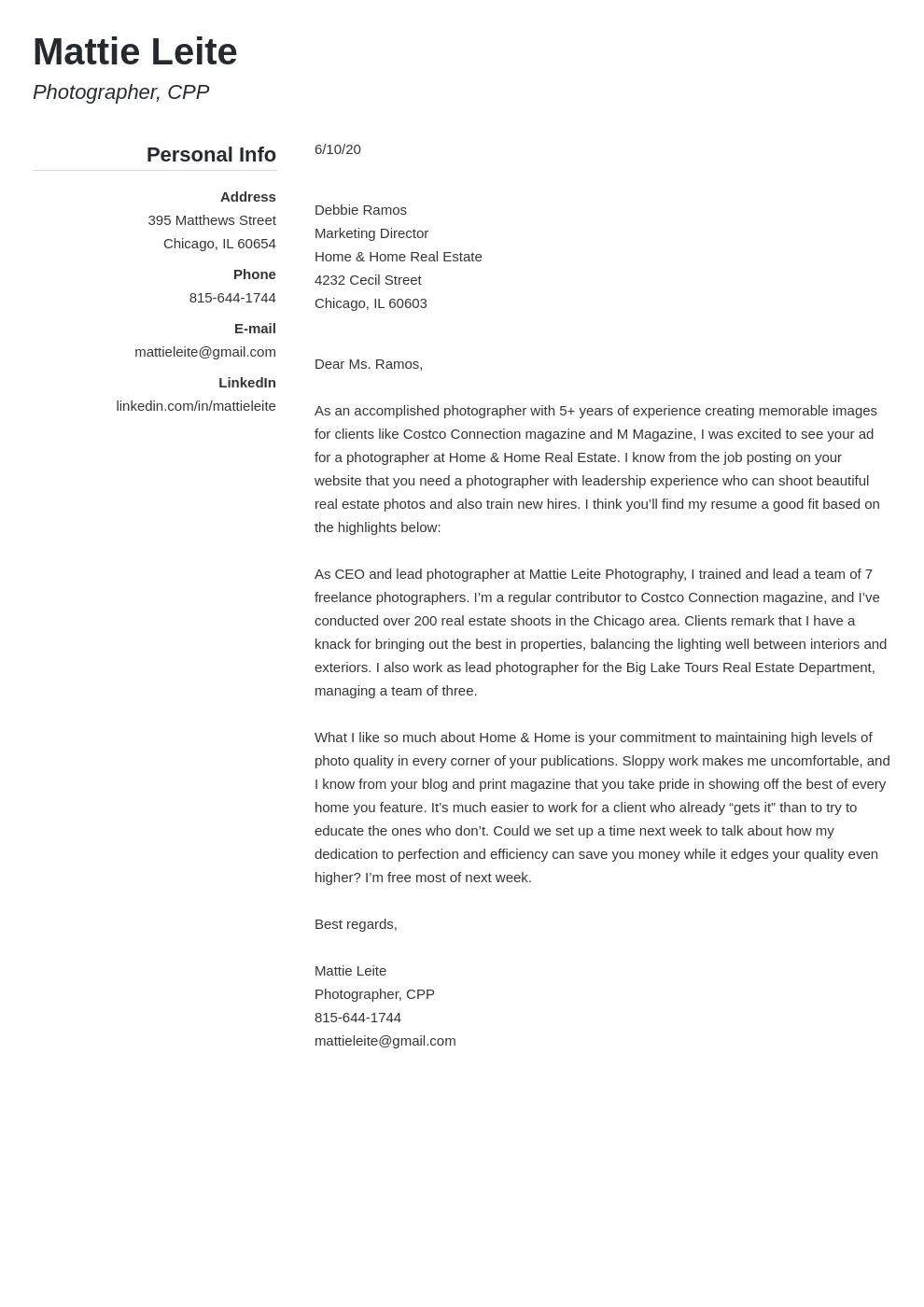
In your closing paragraph, summarize your key strengths and reiterate why you are the ideal candidate. Briefly recap the skills, experiences, and qualifications that make you a perfect fit for the role. Highlight what sets you apart from other applicants. Use this section to leave a lasting impression and remind the employer of your unique value. Don’t repeat everything you’ve already said, but succinctly reinforce your key selling points. Summarizing your strengths ensures the employer remembers the most important aspects of your application and is more likely to invite you for an interview. This brief summary acts as a final reminder of your suitability.
Providing Contact Information
Ensure your contact information is accurate and easy to find. Include your full name, phone number, professional email address, and a link to your online portfolio. Double-check your contact information to avoid any errors. Make sure your email address sounds professional; avoid using nicknames or unprofessional terms. Place your contact information in a prominent location, such as the top of your cover letter or at the end. Make it easy for the employer to contact you promptly. This detail is critical; if the employer can’t reach you, you won’t get an interview. Providing clear contact information is a basic but essential part of a professional application.
Expressing Your Availability
Clearly state your availability for an interview. Be flexible and indicate your willingness to meet at their earliest convenience. Express your enthusiasm for the next steps in the hiring process. This shows that you are proactive and genuinely interested in the role. Providing your availability demonstrates your commitment and professionalism. Make it easy for the employer to move forward with your application. By explicitly stating your availability, you are signaling your eagerness to discuss your qualifications in more detail. This can expedite the interview process and improve your chances of being hired.
In conclusion, creating a successful photographer cover letter requires careful attention to detail and a strategic approach. By highlighting your skills, showcasing your portfolio, and tailoring your letter to each job description, you can significantly increase your chances of landing an interview. Remember to express your enthusiasm, provide relevant experience, and close with confidence. By following these 5 tips, you will be well on your way to writing a cover letter that captures the attention of potential employers and helps you land your dream photography job.
